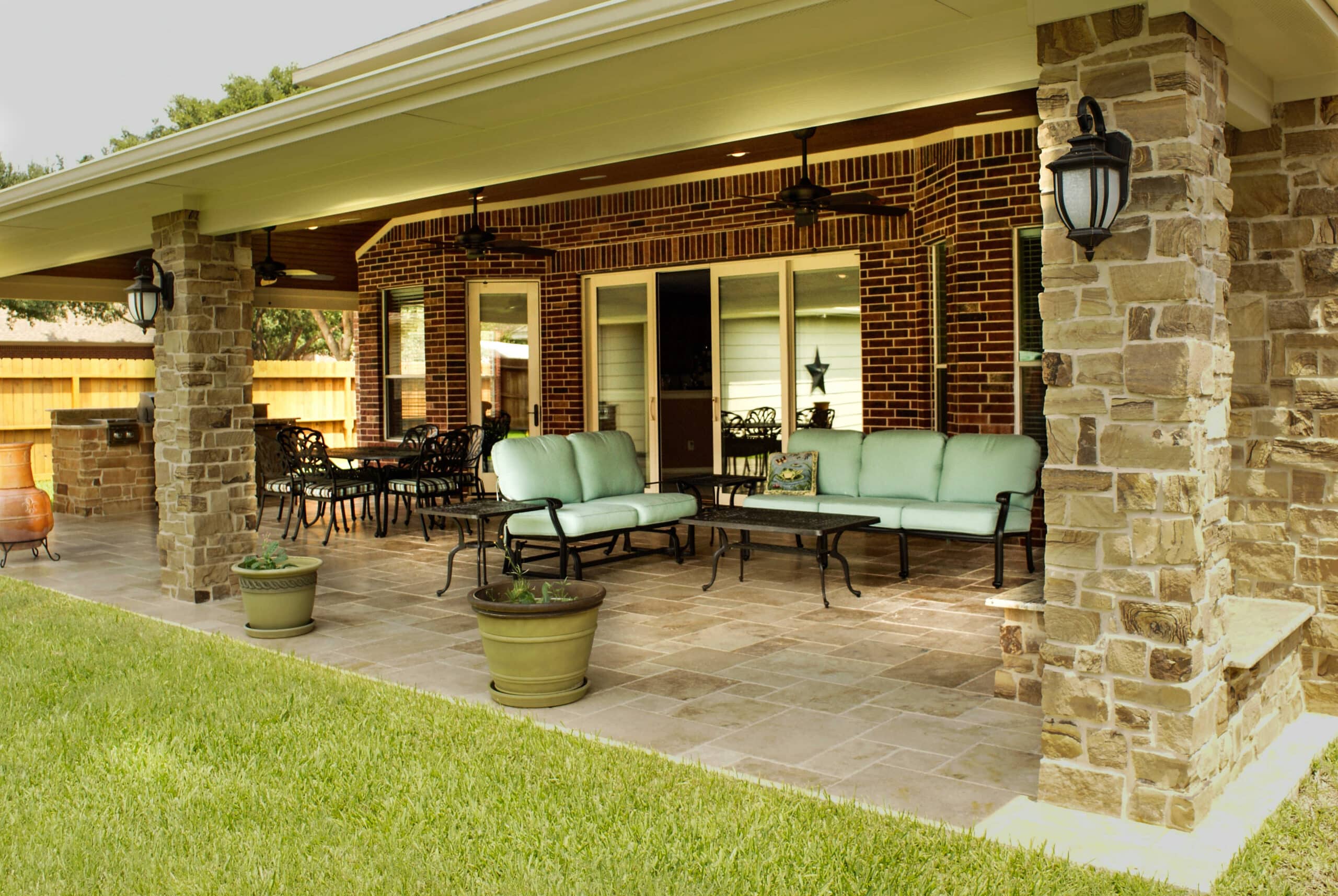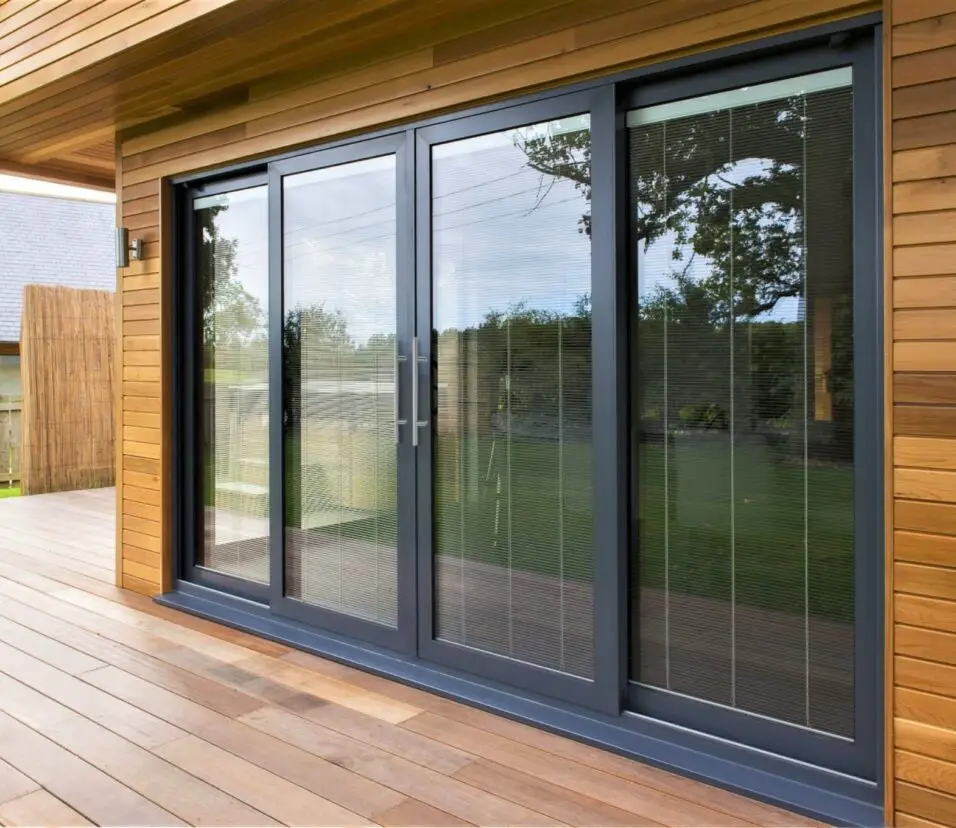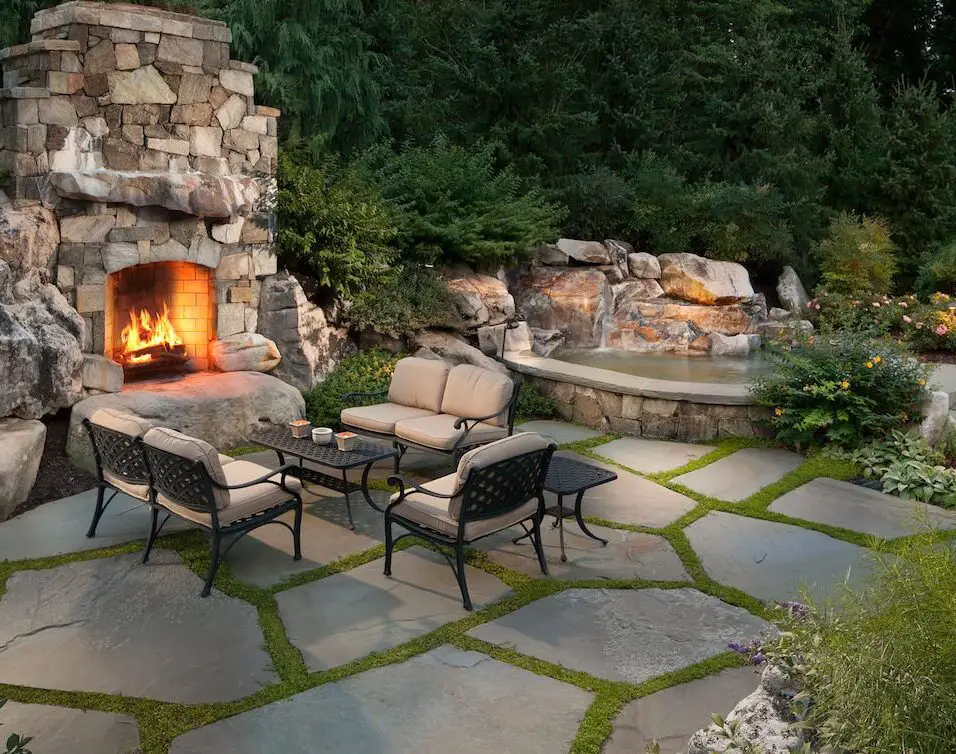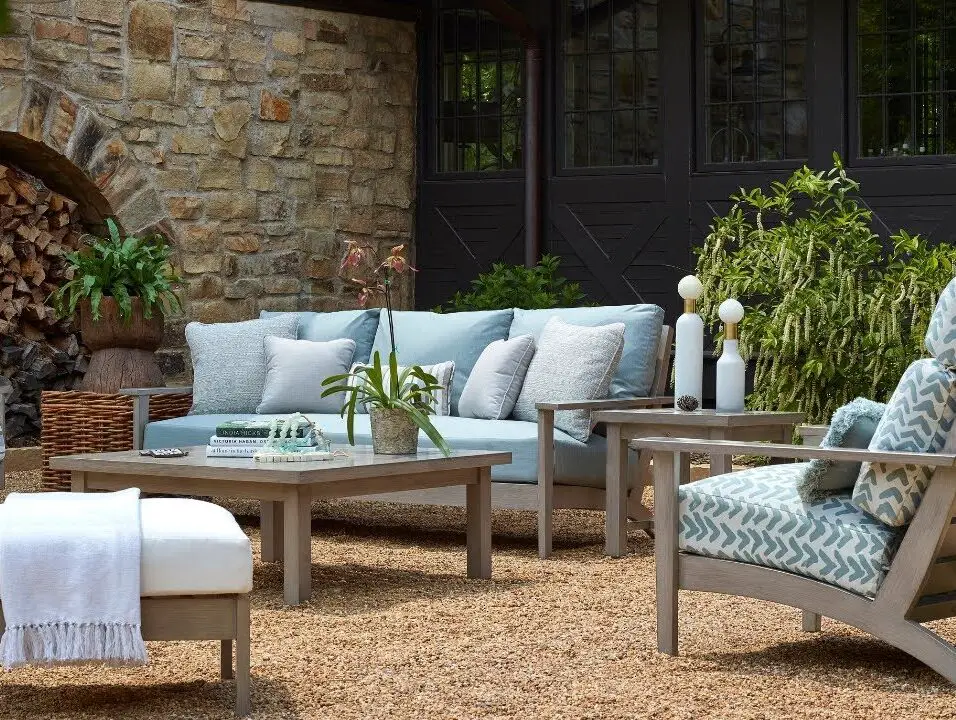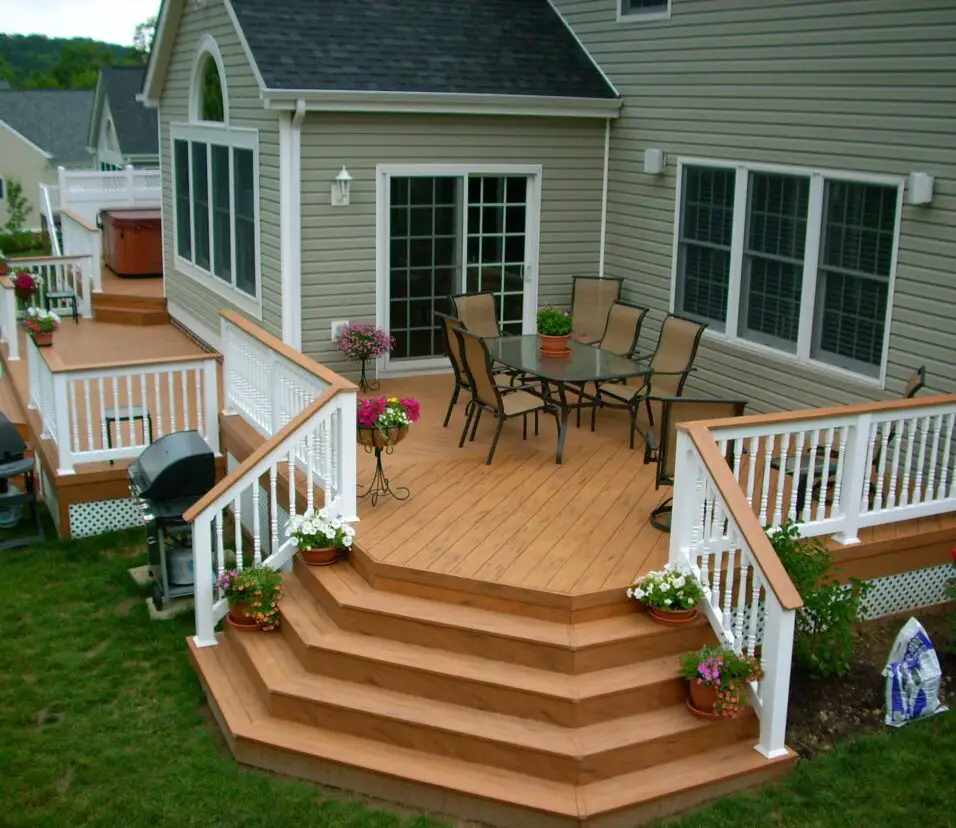What Is The Best Base For Patio Pavers
Introduction
What Is The Best Base For Patio Pavers: When it comes to creating a patio with pavers, one of the most important decisions you’ll need to make is choosing the right base. The base serves as the foundation for your patio, providing stability and support for the pavers. With so many options available, it can be overwhelming to determine which base is the best for your patio pavers. In this article, we will explore the different types of bases and help you make an informed decision.
One popular option for a concrete patio base is crushed stone. Crushed stone is a versatile material that is commonly used for driveways, walkways, and patios. It is made by crushing large stones into smaller pieces and then screening them to ensure uniformity in size. Crushed stone provides excellent drainage and is resistant to shifting and settling, making it a durable choice for a patio base. Additionally, it is easy to install and can be compacted to create a solid surface for your pavers.
If you are looking for a more environmentally friendly option, consider using a permeable base for your patio pavers. Permeable bases allow water to drain through the surface, reducing runoff and helping to prevent flooding. They are typically made from materials such as gravel or crushed stone and can be combined with a geotextile fabric to further enhance drainage. Permeable bases are not only eco-friendly but also require less maintenance compared to traditional bases.

What is the best foundation for patio pavers?
When putting together a patio with pavers, picking the right base is very important to make sure the structure lasts and stays stable. The foundation is what the pavers are put on top of. It gives them support and keeps them from shifting or sinking over time. It can be hard to choose the best base for patio pavers because there are so many to choose from.
A compacted gravel base is often used as the base for outdoor pavers. This is done by digging up the spot where the patio will go and then adding several inches of gravel or crushed stone to fill it. A plate compactor is then used to pack down the gravel to make a solid floor. The pavers won’t move or settle as much with this type of base because it lets water drain properly.
A concrete base is another choice for the base of an outdoor paver. For this, a concrete block is poured and used as the base for the pavers. Steel rebar is often added to concrete to make it stronger and more stable. A concrete floor gives the pavers a solid, level surface and helps the weight be spread out evenly.
Some people may choose to put their patio pavers on a sand floor. To do this, you need to put sand on top of the packed-down dirt and then level it out before putting down the pavers. The sand acts as a cushion and lets small changes be made while the work is going on. But keep in mind that a sand base might not last as long or be as stable as a rock or concrete base. It might also need more upkeep over time.
Do you put sand or gravel under pavers?
When it comes to installing pavers, one common question that arises is whether to use sand or gravel as a base. The choice between the two depends on various factors, including the type of pavers being used, the climate of the area, and the intended use of the paved surface. Both sand and gravel have their own advantages and disadvantages, and understanding these can help you make an informed decision.
Sand: Sand is a commonly used material for creating a base for pavers. It is easy to work with and provides a stable foundation for the pavers. Sand allows for proper drainage, preventing water from pooling on the surface and causing damage. It also helps to prevent weed growth between the pavers. Additionally, sand can be easily leveled and compacted, ensuring a smooth and even surface for the pavers.
Gravel: Gravel is another option for creating a base for pavers. It is a more durable material compared to sand and can provide better stability, especially for areas with heavy foot traffic or vehicles. Gravel also allows for proper drainage and prevents water from accumulating on the surface. However, it is important to note that gravel may not be suitable for all types of pavers, especially those with small joints, as the gravel particles can interfere with the interlocking mechanism.
Choosing between sand and gravel: The choice between sand and gravel ultimately depends on the specific requirements of your project. If you are installing pavers in an area with light foot traffic, such as a patio or garden pathway, sand may be sufficient. On the other hand, if you are paving a driveway or a high-traffic area, gravel may be a better option for added stability and durability.
What do you put under outdoor pavers?
When it comes to outdoor pavers, there are several options for what you can put underneath them to ensure a stable and long-lasting surface. The material you choose will depend on various factors such as the type of pavers, the climate in your area, and the intended use of the space. Here are some common options for what to put under outdoor pavers:
1. Base Material: One of the most important components of a paver installation is the base material. This layer provides a stable foundation for the pavers and helps to prevent shifting and settling over time. Common base materials include crushed stone, gravel, and sand. These materials are typically compacted to create a solid base that can withstand the weight of the pavers and any foot or vehicle traffic.
2. Geotextile Fabric: Geotextile fabric is a permeable material that is often used as a barrier between the base material and the soil underneath. This fabric helps to prevent the base material from mixing with the soil and provides additional stability to the paver installation. It also helps to prevent weed growth and can improve drainage in areas with poor soil conditions.
3. Edge Restraints: Edge restraints are an important component of any paver installation. These are typically made of plastic, metal, or concrete and are used to secure the pavers in place and prevent them from shifting or spreading out over time. Edge restraints also help to create a clean and finished look for the paver surface.
What is the best base layer for pavers?
When it comes to installing pavers, choosing the right base layer is crucial for ensuring the longevity and stability of your project. The base layer serves as the foundation for the pavers, providing support and preventing shifting or sinking over time. With so many options available, it can be challenging to determine the best base layer for your pavers. However, there are a few key factors to consider that can help guide your decision.
This material drains well, reducing water buildup and paver damage. A sturdy and compact base from crushed stone reduces shifting and settling. Choose a crushed stone size that fits your project, as larger stones may be less stable.
A sand base layer is another alternative. Sand is typically mixed with broken stone or gravel to provide a more sturdy ground. Fine sand might wash away and cause paver surface unevenness, so coarse sand is best. Sand cushions and decreases injury risk, making it ideal for high-traffic locations.
For areas with poor drainage or heavy clay soil, a geotextile fabric may be necessary as a base layer. Geotextile fabric acts as a barrier, preventing the mixing of different soil layers and promoting proper drainage. It also helps to distribute the weight of the pavers more evenly, reducing the risk of sinking or shifting.
Should I put anything under my pavers?
This depends on the pavers you use, the installation site, and your preferences.
Pavers can be laid straight on the ground without underlayment. Walkways and patios in well-draining soil use this technology. By laying the pavers directly on the ground, water may drain naturally and not pool under them. This can prevent mold, mildew, and water-damaged paver shifting.
In regions with poor drainage or excessive rainfall, a gravel or crushed stone base may be advantageous for pavers. A foundation layer can enhance drainage and prevent water from gathering under pavers. Gravel or crushed stone can also stabilize the pavers, preventing them from shifting or sinking.
Another alternative is to place pavers on sand. This approach is employed in driveways and high-traffic areas. The sand levels the pavers and distributes weight, reducing cracking and breaking.
How do different base materials affect the durability and stability of patio pavers?
When it comes to the durability and stability of patio pavers, the choice of base material plays a crucial role. The base material provides a solid foundation for the pavers and helps distribute the weight evenly, preventing shifting and settling over time.
One common base material is crushed stone or gravel. This material is known for its excellent drainage properties, allowing water to flow through and preventing the pavers from becoming waterlogged. However, it is important to use a compacted layer of crushed stone to ensure stability and prevent sinking.
Another option is sand. Sand provides a level surface for the pavers and allows for easy adjustments during installation. However, it is not as stable as crushed stone and may require additional maintenance to prevent shifting and erosion.
What factors should be considered when choosing the best base for patio pavers?
Choosing the finest patio paver base involves various criteria. The right base material depends on your soil type. If your clay soil holds water, consider a foundation material with sufficient drainage to avoid water from gathering under the pavers. If you have sandy soil that drains quickly, a moisture-retaining foundation material may be needed to keep the pavers from shifting.
The patio’s intended purpose is also crucial. A stronger base material may be needed to support heavy furniture or cars on the patio without sinking or shifting. Your local climate should also be considered. In areas with freeze-thaw cycles, a base material that prevents frost heaving is required.
Are there any specific base materials that are recommended for certain types of patio pavers?
Consider the type of patio pavers you’ll use when picking a base material. Different pavers require different base materials for durability and stability.
A compacted gravel base is ideal for concrete pavers. This base keeps pavers from shifting due to its solidity. A gravel base also promotes drainage, reducing water damage and extending paver life.
However, sand or crushed stone bases are advised for flagstone or bluestone pavers. Pressure can crack or break these pavers, so a flexible base material like sand or crushed stone absorbs some of the stress and reduces damage.
Can you provide a comparison of the pros and cons of different base materials for patio pavers?
When it comes to choosing the right base material for your patio pavers, there are several options available, each with its own set of pros and cons. Let’s take a closer look at some of the most common base materials and how they compare.
1. Gravel: Gravel is a popular choice for patio paver bases due to its affordability and ease of installation. It provides good drainage and stability, making it suitable for areas with heavy rainfall. However, gravel may shift over time, requiring occasional maintenance to keep the pavers level.
2. Sand: Sand is another commonly used base material for patio pavers. It is easy to work with and provides a level surface for the pavers. However, sand may not provide as much stability as other materials, especially in areas with high foot traffic or heavy furniture. It is also prone to erosion and may require periodic re-leveling.

Conclusion
After conducting extensive research and analysis, it can be concluded that the best base for patio pavers depends on various factors such as the type of soil, climate conditions, and the intended use of the patio. However, there are a few common options that are widely recommended by experts in the field.
One of the most popular choices for a patio paver base is crushed stone. This material provides excellent drainage and stability, making it ideal for areas with heavy rainfall or clay soil. Crushed stone also allows for easy leveling and compacting, ensuring a solid foundation for the patio pavers. Additionally, it is readily available and relatively affordable, making it a practical choice for many homeowners.
Another commonly used base material is concrete. This option offers exceptional strength and durability, making it suitable for high-traffic areas or locations with heavy furniture. Concrete bases also provide a level surface for the pavers and can be easily customized to fit any shape or size of the patio. However, it is important to note that concrete bases may require professional installation and can be more expensive compared to other options.
Lastly, a sand base is often recommended for areas with well-draining soil and minimal rainfall. Sand provides a flexible and forgiving base, allowing for easy adjustments and repairs. It also offers good drainage and prevents the growth of weeds between the pavers. However, it is important to properly compact the sand base to ensure stability and prevent shifting of the pavers over time.



